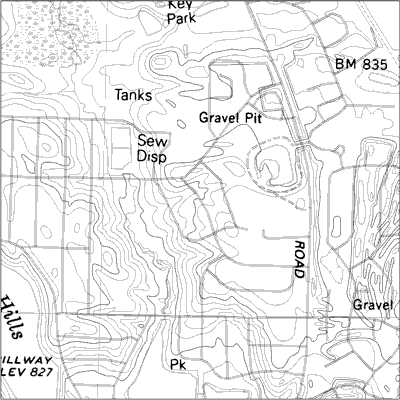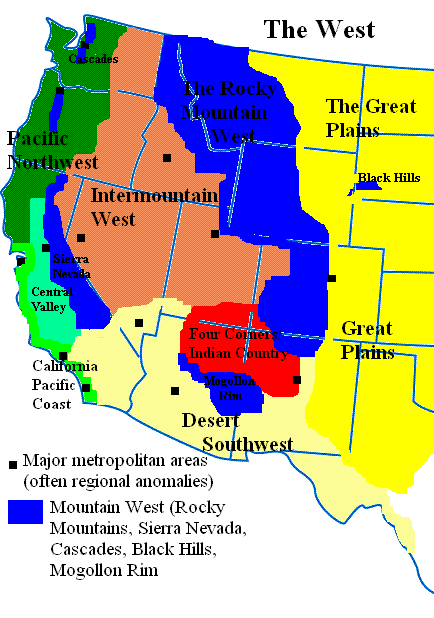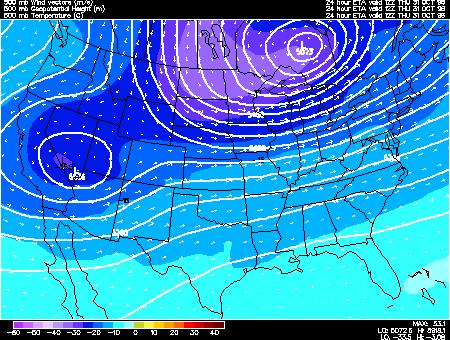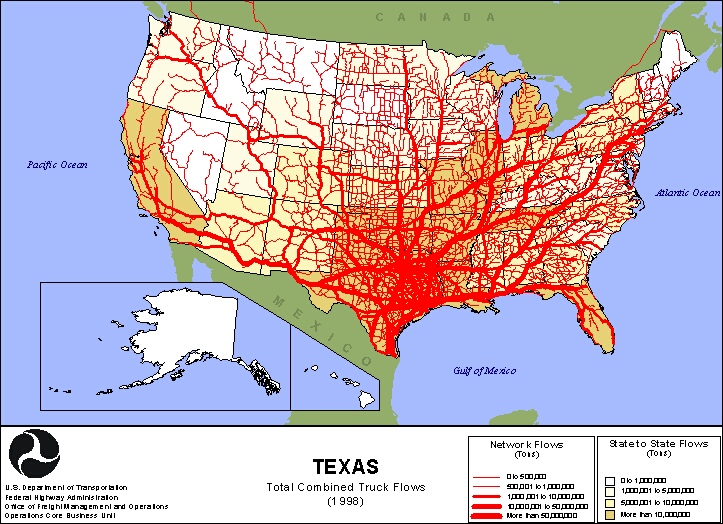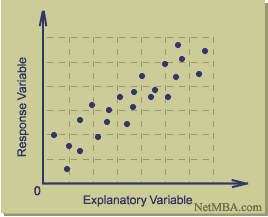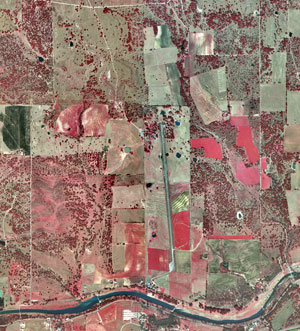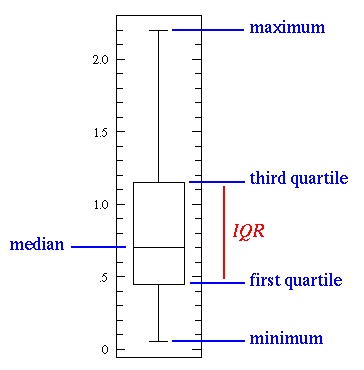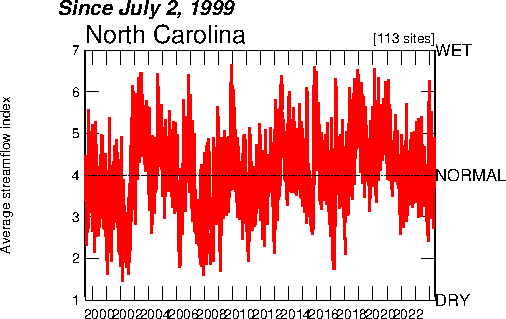 A Topographic Map is a type of map characterized by large-scale detail and quantitative representation of relief, usually using contour lines in modern mapping, but historically using a variety of methods. Traditional definitions require a topographic map to show both natural and man-made features.
A Topographic Map is a type of map characterized by large-scale detail and quantitative representation of relief, usually using contour lines in modern mapping, but historically using a variety of methods. Traditional definitions require a topographic map to show both natural and man-made features.This image is a Topographic Map of Romania showing the different elevations of this land. For those of us not familiar with Romania, listed below are a few interesting tidbits of information about Romania:
- Romania is located in Southeastern Europe, bordering the Black Sea, between Bulgaria and Ukraine, comprising of 237,500 sq km.
- Romania has a population of 22,329,977 (2005).





